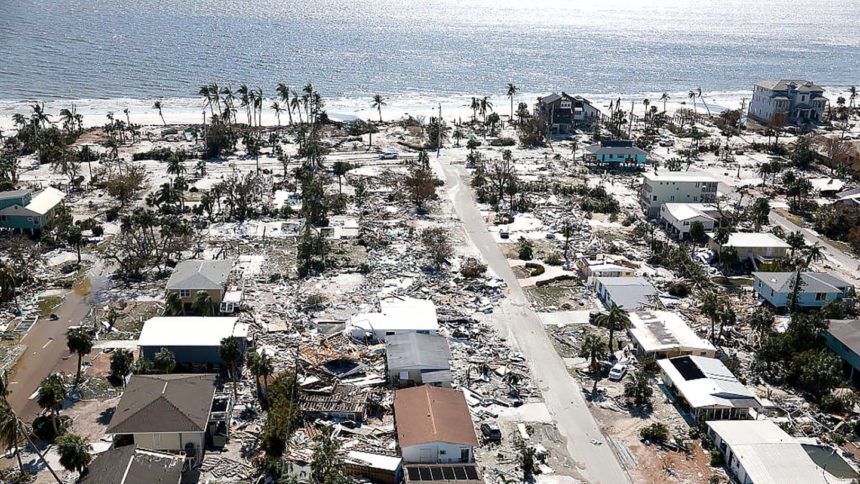
More than 40 Florida nursing homes were evacuated in Hurricane Ian’s wake, but there were no known resident deaths Thursday as the state mobilized emergency resources to prevent a major catastrophe in the face of a Top 5 US storm.
“Right now in southwest Florida there are about 15 to 20 facilities without power whose generators are operating and the damage thankfully has been minimal,” Florida Health Care Association spokeswoman Kristen Knapp told McKnight’s Long-Term Care News Thursday morning, noting that about 3,400 residents had been moved.
The potential for flooding remained a concern even as Ian moved across the state and into the Atlantic.
“Facilities will work with their local emergency managers if there are immediate concerns, since all emergencies are local and that is the most effective way to get critical needs met,” Knapp said.
Florida revamped its generator laws following deadly power outages after previous storms. In the days leading up to Ian, officials closely monitored generator ownership and evacuation logistics, and facilities in safe areas pitched in to house residents from evacuation zones.
“Our goal is always to keep our residents and staff safe, so facilities are working their plans. They have their generators fueled as required by the state of emergency – they must have 96 hours worth of fuel within 24 hours of a state of emergency issued per the emergency power plan laws,” Knapp added.
Providers “have been hardening their facilities and stocking their resources for those that are sheltering in place. Evacuations always pose a concern about transfer trauma, we care for very frail elders who have complex medical needs, require oxygen, have Alzheimer’s or dementia so we have to account for their mental health needs as well in the midst of an evacuation.”
The list of emergency accommodations and procedures mobilized by the state is lengthy and includes authorization of out-of-state medical professionals to work in the state; the arrival of 400 extra nurses to southwest Florida, the most-affected area; and the activation of the Patient Movement Mission.
This Mission combines the resources of a few state agencies and LeadingAge, Florida Senior Living Association and Florida Assisted Living Associations, according to a state website. It can support the evacuation of nearly 8,000 patients and residents from more than 180 healthcare facilities. Nearly 400 ambulances, paratransit buses, and support vehicles responded to areas of anticipated landfall before the storm, according to the governor’s office.
In Orlando Thursday, emergency crews pushed residents on stretchers and wheelchairs out of the Avante nursing home and into ambulances and buses through floodwater. Avante’s neighborhood doesn’t typically flood, the Washington Post reported, but Ian brought historic amounts of rain to the state’s southwest.
The storm headed north Thursday night, leading to states of emergency declaration in Georgia, South Carolina, North Carolina, and Virginia, according to AccuWeather. Tropical storm warnings were issued for coastal areas from Georgia to North Carolina.




